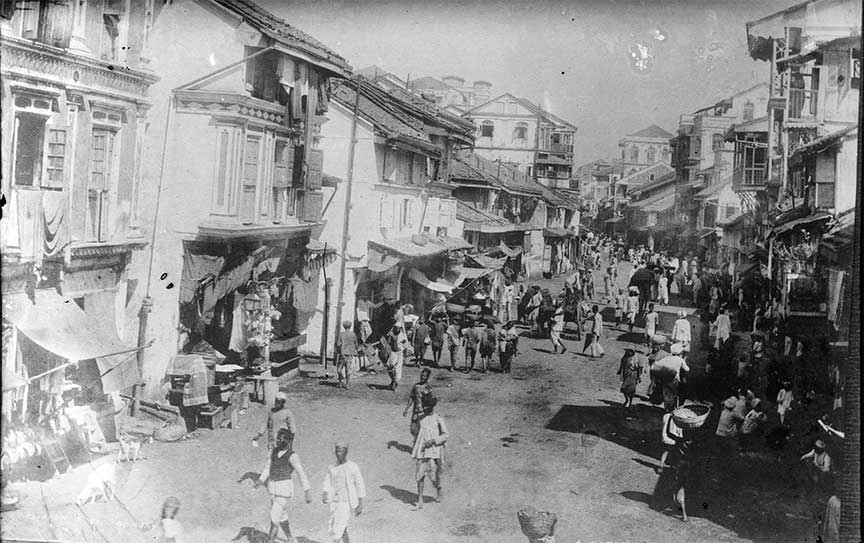1919 Massacre in Amritsar
The British instituted the anti-sedition Rowlatt Acts, which gave the government the power to intern agitators without trial. Mohandas Gandhi called for a day of work stoppages and fasting throughout India. This call, however, led to demonstrations and rioting. On April 13th, British General Reginald Dyer ordered his troops to open fire on demonstrators at Amritsar in the Punjab of India. Three hundred and seventy-nine people were killed and nearly twelve-hundred were wounded. This marked a turning point for anti-British sentiments in India. From this point, public sympathy was firmly with the Nationalists who were demanding independence.
In the aftermath of World War I, India was experiencing a surge in nationalist movements and growhttps://tile.loc.gov/storage-services/master/pnp/ggbain/00300/00362u.tifing unrest against British rule. In response, the British colonial government enacted the Rowlatt Act in March 1919, which allowed for the arrest and detention of Indians without trial if they were suspected of sedition or anti-government activities. This act was met with widespread opposition and protests across the country.
The Massacre: On April 13, 1919, a large gathering of Indians had assembled in the Jallianwala Bagh, a public garden in Amritsar, to protest the arrest and deportation of two prominent Indian nationalist leaders, Dr. Satyapal and Dr. Saifuddin Kitchlew. The gathering also coincided with the Baisakhi festival, an important religious and cultural event for Sikhs, which attracted many families and individuals who were not necessarily part of the protests.
Brigadier General Reginald Dyer, a British military officer, arrived on the scene with fifty soldiers. Believing the gathering to be a violation of the martial law imposed in the city, he ordered his troops to open fire on the crowd without warning. The soldiers fired continuously for about ten minutes, until they ran out of ammunition.
The garden was surrounded by walls and had only a few narrow exits, which led to a stampede as people tried to escape the gunfire. The exact number of casualties remains uncertain, but it is estimated that between 379 and 1,000 people were killed, with over 1,000 injured.
Aftermath: The massacre sparked outrage across India and the world. It intensified the Indian independence movement and further alienated the Indian population from the British colonial government. General Dyer was widely criticized for his actions, but he was not held legally accountable. In Britain, some condemned his actions, while others praised him for maintaining order.
The massacre is seen as a turning point in the Indian struggle for independence, and it is commemorated annually on April 13 as Jallianwala Bagh Massacre Remembrance Day.
 >
>